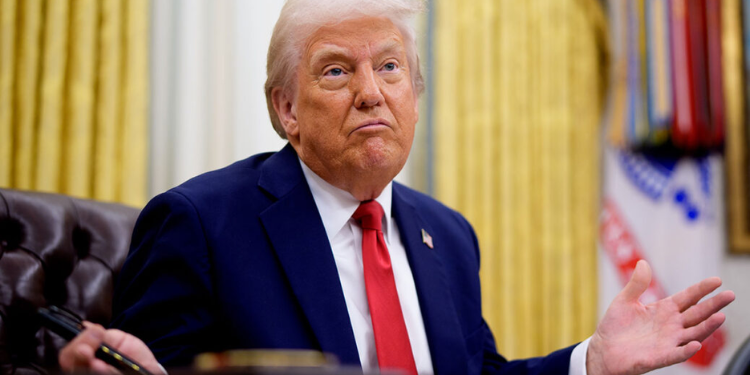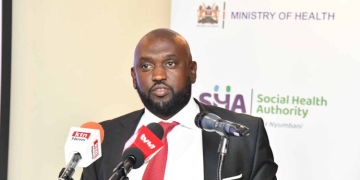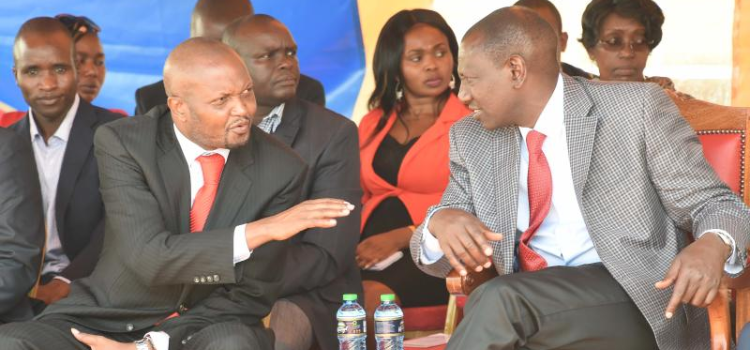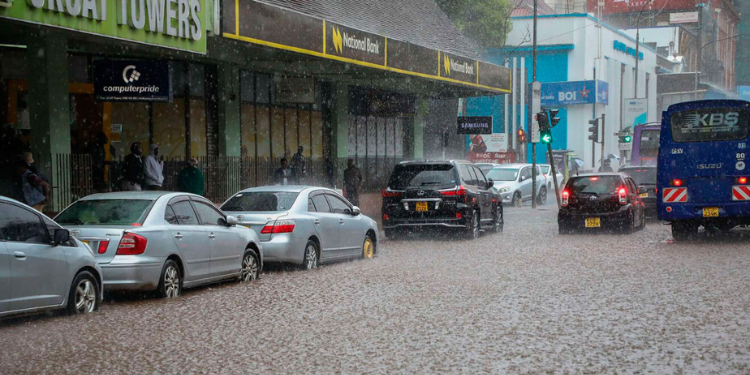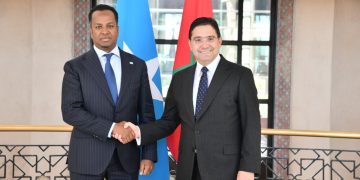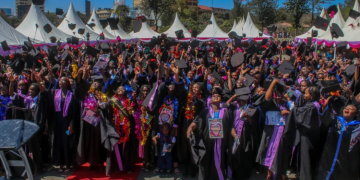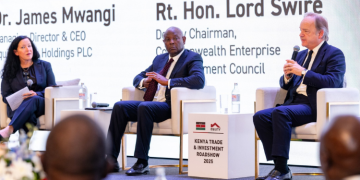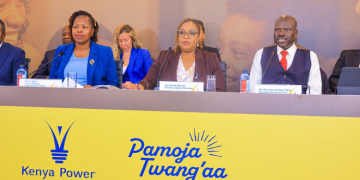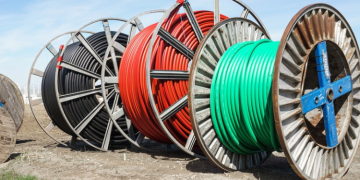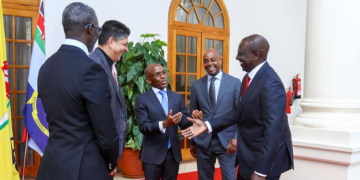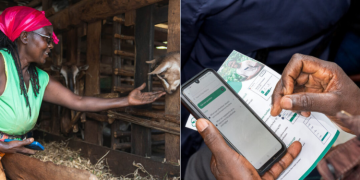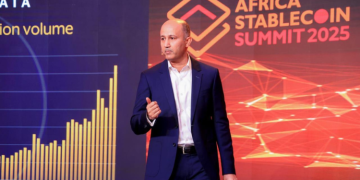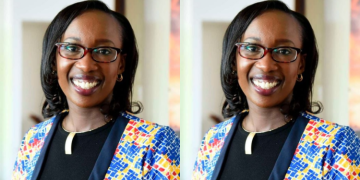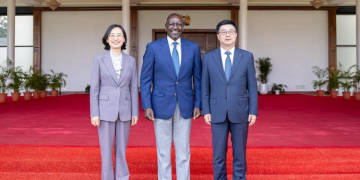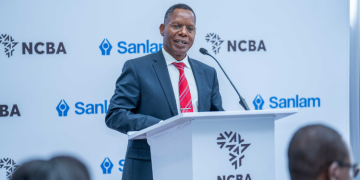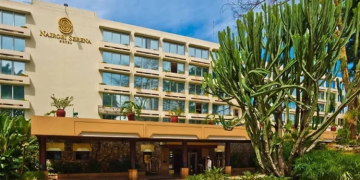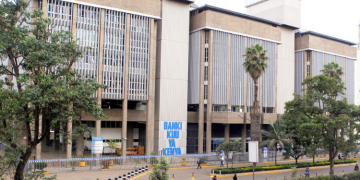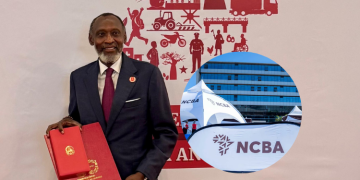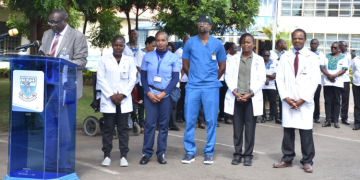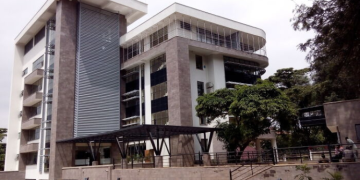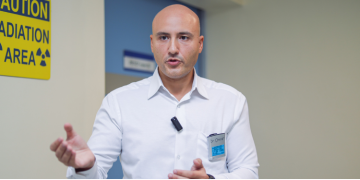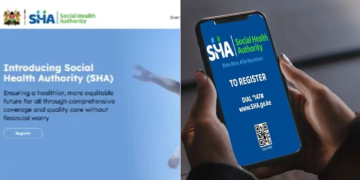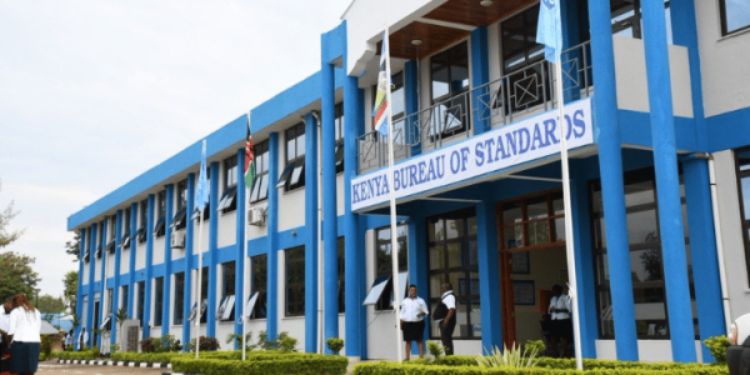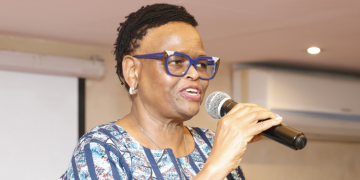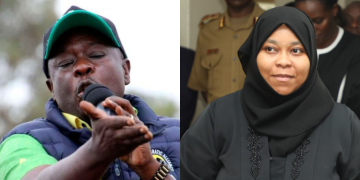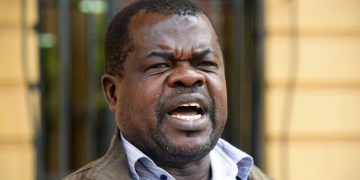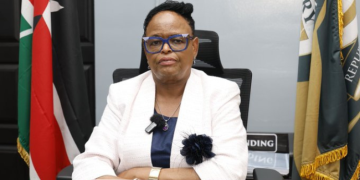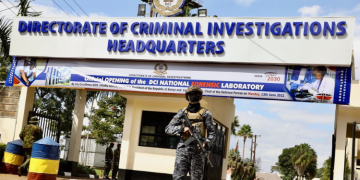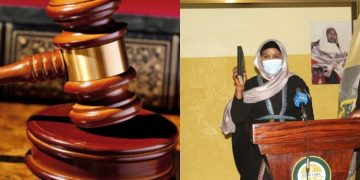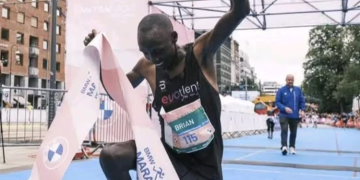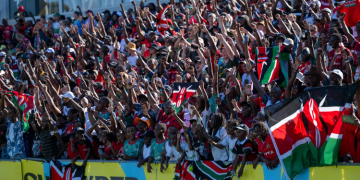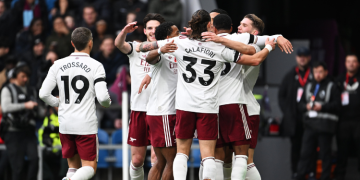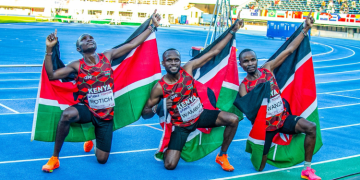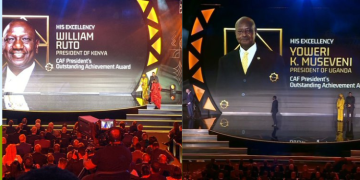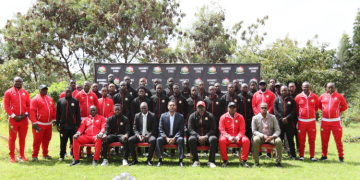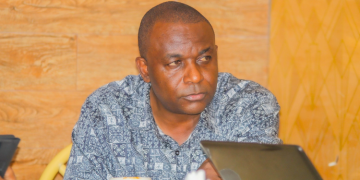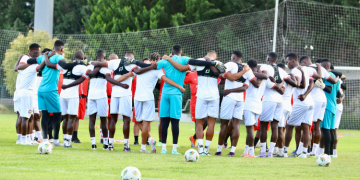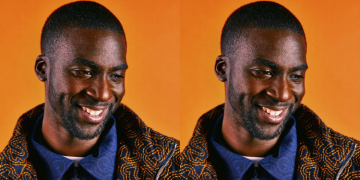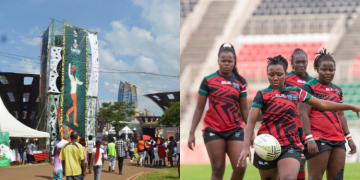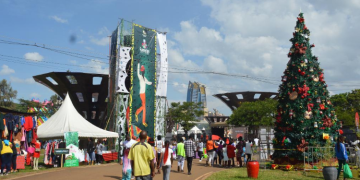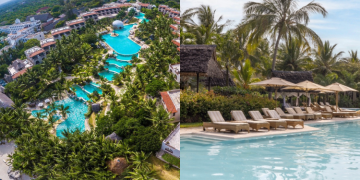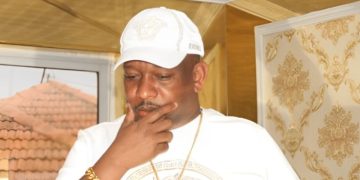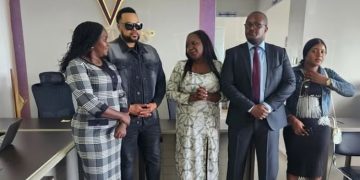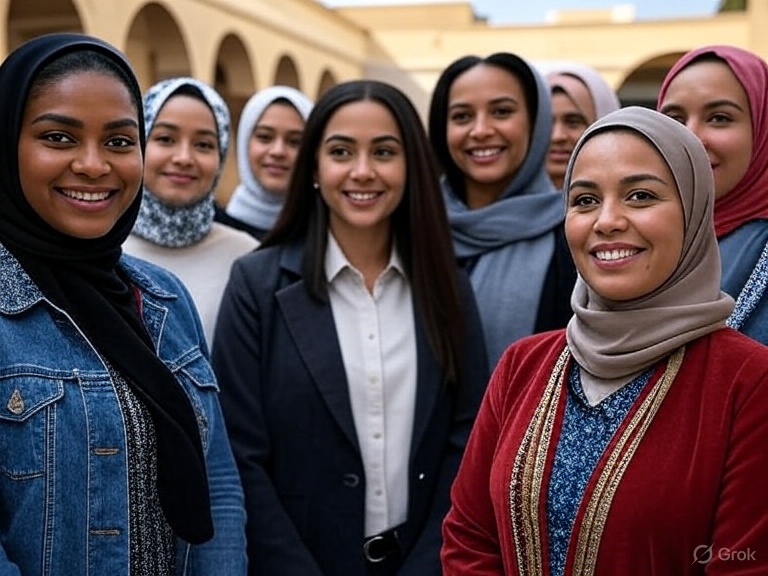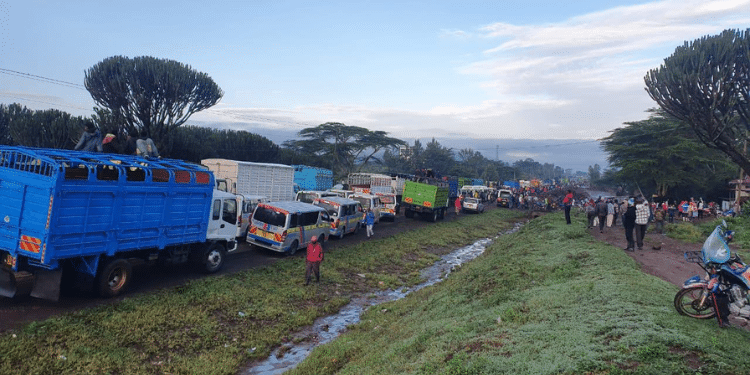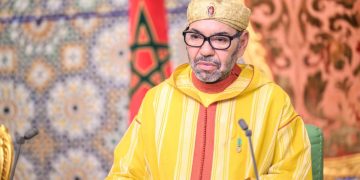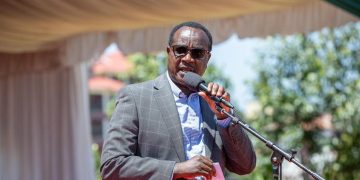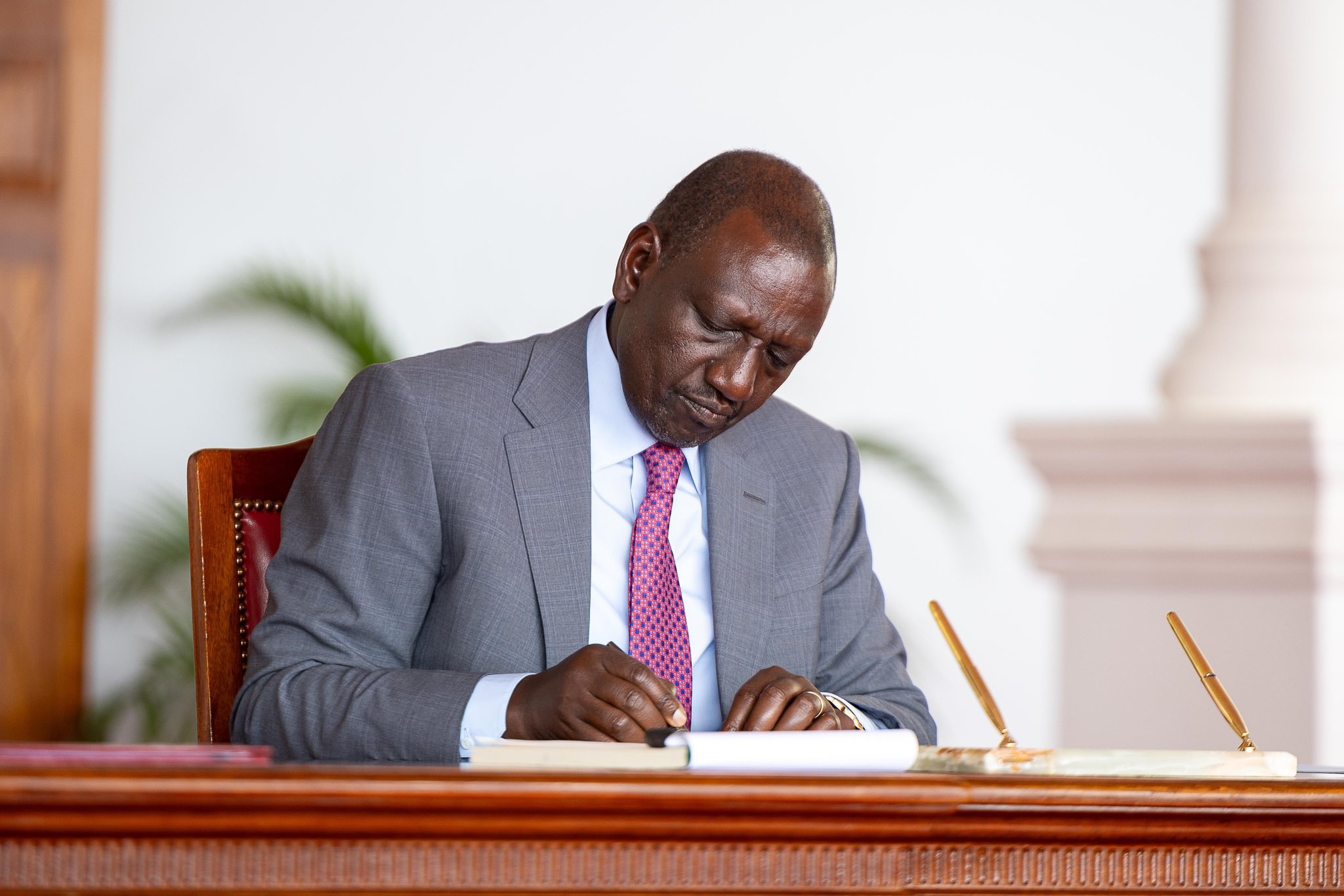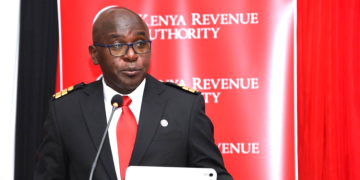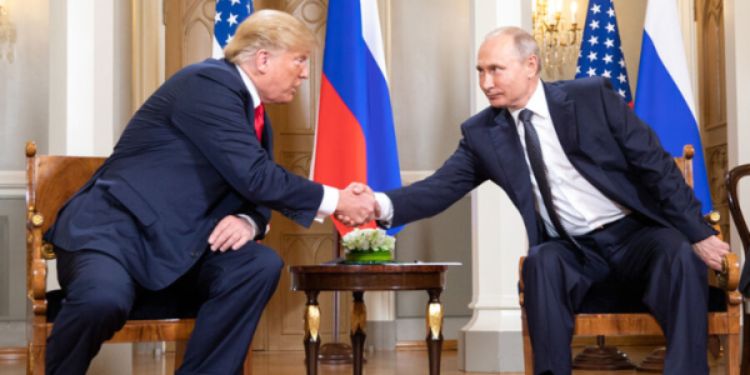Russian President Vladimir Putin entered the August 15, 2025, summit in Anchorage, Alaska, with U.S. President Donald Trump with no intention of agreeing to a ceasefire in Ukraine.
The meeting aimed to address the Russia-Ukraine war but ended without a ceasefire or formal deal, despite vague statements about “progress” and “understandings.”
Despite Trump’s proposals, Putin maintained his position, demanding significant territorial concessions from Ukraine, which he knew Kyiv would likely reject.
The Alaska summit ended without a formal agreement to end the war, with both leaders describing the meeting as “very productive” but offering no concrete details.
Post-Summit Developments after Trump-Putin Meeting
Despite the summit’s peace rhetoric, Russian forces intensified operations rather than pausing.
Attacks doubled in frequency after the summit compared to pre-August levels, according to BBC verification, with no slowdown by early October 2025.
This escalation suggests Putin used the meeting to buy time and leverage, testing Trump’s resolve amid U.S. policy shifts
In defiance of Trump and his proposals discussed during the summit, Russia launched 183 strike drones overnight, indicating a continuation of its military actions in Ukraine.
Russia’s Administration speaks
Following the summit, Russian Deputy Foreign Minister Sergey Ryabkov declared that the momentum for the Trump peace deal in Ukraine had been exhausted.
He attributed this to European countries backing Ukraine, accusing them of undermining negotiations.
Also Read: Donald Trump Handed a Blow Over Decision to Deploy National Guard Troops
Ryabkov also warned that the deployment of U.S. Tomahawk missiles in Ukraine would significantly alter the conflict.
“There never was any momentum from the Russian side. Russia has no plans to stop the war,” Ukrainian Advisor to Internal Affairs Minister (2021–2023) stated.
The Alaska Summit Discussions
Held at Joint Base Elmendorf-Richardson, the summit featured a ceremonial red carpet, U.S. fighter jet flyovers, and a joint press conference.
It was expanded from a one-on-one to a three-on-three format, including U.S. Secretary of State Marco Rubio and Russian Foreign Minister Sergey Lavrov.
The main discussions centered on Ukraine, with Trump advocating for a ceasefire and Putin emphasizing the root causes.
He suggested that Ukraine make territorial concessions for peace, aligning with Kremlin hints that Russia could halt its advance if it gained control of Donbas and other areas.
Also Read: Trump’s Government Says Ukraine Is Not Winning War Against Russia
Both leaders described the talks as “productive” and “constructive,” but no agreement was reached.
No Agreement Reached
Trump later said, “There’s no deal until there’s a deal,” and pivoted from demanding an immediate truce to seeking a broader peace framework.
Putin invited the US President to Moscow for follow-ups but made no concessions. Ukrainian President Volodymyr Zelenskyy was briefed after the summit and visited Washington on August 18, but no trilateral meeting materialized.
The event boosted Putin’s global image and sparked U.S.-Russia economic talks, but it drew criticism for sidelining Ukraine and Europe.
European leaders, like German Chancellor Friedrich Merz, pushed for inclusive talks while expressing cautious support.
Follow our WhatsApp Channel and X Account for real-time news updates.
